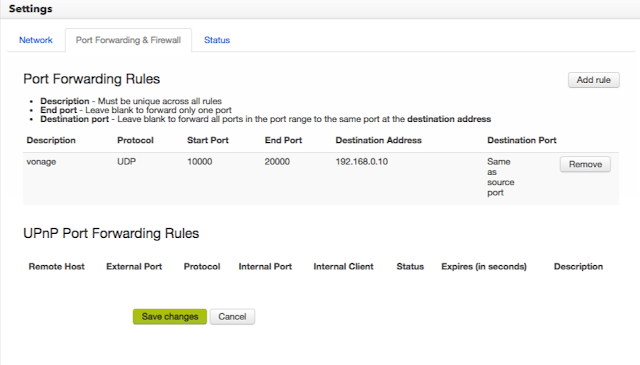Patent Pains and the Promise of a Better Future
The recent decision on pharmaceutical
patent rights, rendered by the Supreme Court of India has, made ripples across
the world. In summary, the Court ruled that Novartis did not enjoy exclusive
rights in India to produce and sell it’s leukaemia-fighting drug Gleevec (also sold
as Glivec). The court found that since the first patent on the original
molecule was granted in 1993, prior to the 1995 threshold for exclusivity under
newer laws, the company did not enjoy exclusive patent on the slightly modified,
newer molecule. Cipla and Natco, India-based producers of the generic
equivalent, appear to have “won” this eight year battle. The Indian government
has expressed support for the decision too. Novartis still has the right to
request a review, and will probably exercise this right, but the key pieces of
the decision will likely hold.
The Court’s decision is significant for
several reasons. It clearly reinforces the 1995 cut-off for patent exclusivity.
This threshold was the cornerstone of fairly stringent legislation effected by
the Indian government in 2005 as a condition for membership to the World Trade
Organisation. Indian generic manufacturers, producing or planning to produce
pre-1995 drugs, will now have the certainty to pursue more aggressive
production and sales. The ruling also strikes down the widespread practice of
“evergreening”. Through minor tweaks to formulations, companies argue for
extensions of patents for these “new” drugs. The US grants these generously,
but India’s highest court has set an example by refusing this. Conversely, it
also enforces the exclusivity of post-1995 patents. Any drug patented over the
last 18 years, enjoys patent protection and market exclusivity going forward (though
recent judicial decisions in lower courts, that stripped Merck, Bayer and
Pfizer off their patents on critical, life-saving drugs say otherwise). This
divide may deny India and much of the world access to affordable versions of
newer, life-saving medicines.
India’s pharmaceutical industry supplies medicines
to much of the developing world. Cipla’s cheap HIV drugs have made a huge
difference in how the devastating spread of AIDS has been checked in Africa.
Over half of the $26 billion in sales that Indian pharmaceutical companies
generated last year came from outside of India. Other countries like Canada’s
generics manufacturers have also built a significant interest in the global
generics market, supplying drugs to Africa, but also to residents in the United
States where patent protection, evergreening and low-access to healthcare have
kept life-saving treatments out of the reach of many. Courts and governments
across the world have taken note of this decision, and are likely to be more
activist in the future, in balancing the right to profit with the duty to save
lives.
Patent rights are not an easy issue to take
a position on. One the one hand, pharmaceutical companies invest and risk
billions of dollars in research and development of new drugs, and have to spend
even more to meet government-mandated and -regulated testing and approval
procedures before they can be made available. This investment on a company’s
part merits a certain return and profit to keep it in business, and to fund
further research and innovation.
On the other hand, much of the world lives
in relative poverty, and cannot afford to access some of these life-saving
drugs because of their cost. Two thirds of India’s population subsist on less than
$2 a day. Gleevec in comparison retails in India for $2,200 for a month’s
supply, and in Canada for over twice that amount. The generic version comes in
at $170, much less, but still inaccessible to the average Indian.
Should the cost of access impact saving a
life? This is the hard choice that has to be made. At the end of the day, this
is about people’s lives, and the value we attribute to them as a society.
In 1955 at the height of the Polio epidemic,
Jonas Salk developed a vaccine for this killer disease. He made the unprecedented decision not to
patent his vaccine for polio, forsaking significant profit, but also saving
billions of lives in the 60 years since by making it available to the world for
free. He worked tirelessly till his death in 1995, trying o find a cure for
AIDS. There is a case to be made for such an approach to be enshrined in health
policy globally.
Governments have an interest in the well
being of their people. They should pool some of their formidable resources into
partnering with pharmaceutical companies and research institutions to fund
research into critical, life-saving drugs to tackle widespread diseases. In return,
they can require that any resulting drugs be sold at a reduced profit, and at an
affordable price across the world. The Gates Foundation and other philanthropic
institutions have already stepped up to fund such initiatives to tackle widespread,
killer diseases such as HIV and Malaria. It is time now for governments of all
stripes to step up to make for a better, healthier world…




